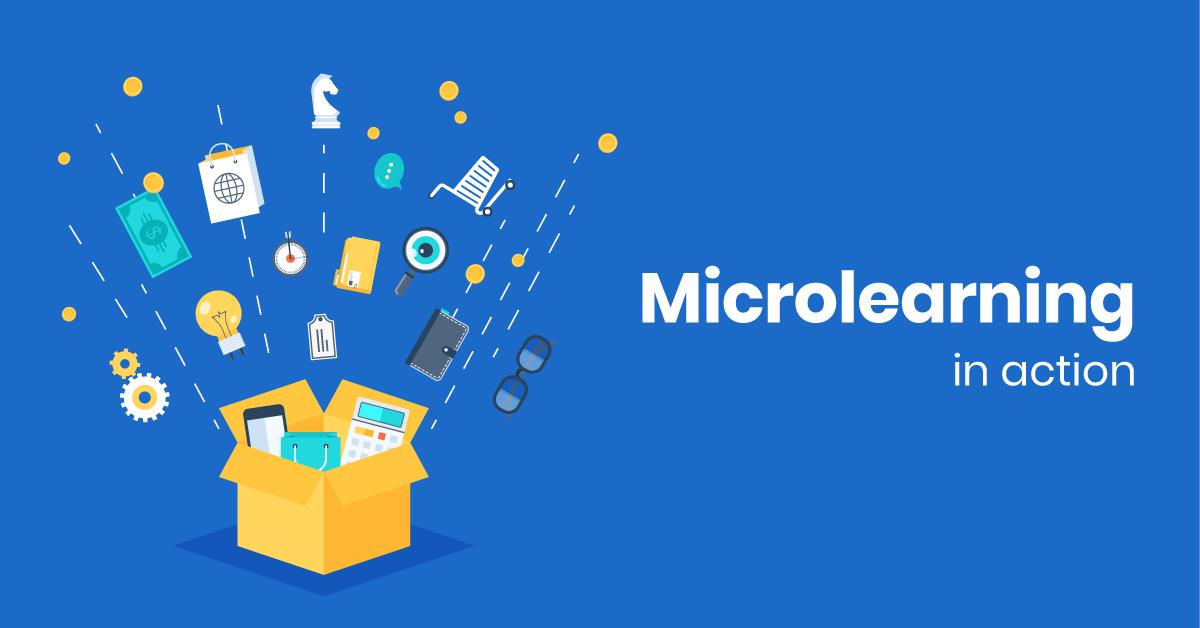She is currently researching what helps people to remember and is working on a forthcoming book, “Impossible to Ignore: A scientific approach to influencing other people’s memory and decisions”.
David Evans – I’m interested in your background and how it led you to your current research interests.
Carmen Simon – My first doctorate degree was in instructional design and distance education. When you study eLearning in those kinds of formal settings, you start developing a sense of how you can appeal to people in ways that they’re motivated to change behavior.
And that’s the link to presentation skills and what I’m doing now; because it doesn’t matter ultimately if you’re creating eLearning or if you’re creating a presentation. If you are after behavioral change you have to narrow down some principles for behavioral change – and I think that what is missing in many communication artifacts is exactly what gets people moving into action.
DE – So tell us something about your recent research projects on memory.
CS – I believe that memory is a precursor to action. So as we study what moves people into action, we must first understand better how memory works. I completed a project two years ago, in which the question was, “How much would people remember after 48 hours from a deck of twenty slides?”. I had included only one message per slide.
The reason I chose 48 hours to test memory is because of how the brain remembers. Memories are not formed instantly, they require some consolidation period, and sleep helps with the consolidation. So it’s not efficient to test memory immediately after exposure to information if you are after long-term memory.
If you’re after short term memory then that’s fine, but if you’re after a long term memory—which is what I’m intrigued by—then you have to give it a couple of days for things to consolidate.
DE – However, when testing is done with eLearning, it’s usually immediately after completing a course?
CS – The way we define short term memory is memory that lasts up to one minute. After completing eLearning segments, participants will probably keep some principles in mind longer than a minute, if nothing else to pass a test, which happens after maybe ten minutes, or however short the spreads are these days—I know there is a trend for microlearning, where you have shorter and shorter chunks.
But the problem with a lot of mandatory and skill based learning is that you have to have enough repetition to make sure that it sticks long-term. Just because you said it once and they pass a test doesn’t mean that they will act on it weeks later.
There’s nothing necessarily wrong with something being tested immediately. In another study I am completing currently, I am analyzing fifteen variables that may be able to predict whether people are going to like, click, download, embed, or comment on a SlideShare presentation.
In order for viewers to complete any of these tasks, they have keep that information active in their memory. In order to make a comment after going through thirty, forty, fifty slides—it means they are acting on those memories. To embed something however is not always instant – a day or two later you might think ‘I’m going to put that Slideshare in my blog’ or ‘I’m going to use that in my next assignment’. Some responses are instant, and others require long-term memory.
DE – But for some kinds of mandatory learning scenarios, for example, people will need to be tested regularly, to make sure their knowledge is still current?
CS – Yes, we call this the distributed practice effect – what that means is that you’re exposing somebody to information today for 20 minutes, let’s just say. And then the following day you come back to that short segment again, for just 10 minutes. And a week or a month later you do a 5-minute review. With each exposure, it takes less time to reactivate memories and make them stick.
Depending on how precisely you want people to remember your content, we can distinguish between two different types of memory: verbatim and gist. If you’re after verbatim, then you expect the information has to be recalled in exactly the same way. For gist, you expect people to remember the overall meaning.
DE – How much do people tend to forget from business content?
CS – When people approach content with no conscious effort to remember or categorize it, they will forget it exponentially. They forget fast at first, and slower later. We call that the “forgetting curve.” We can explain this is a metaphorical way, we tend to forget 90% after a few days. I am saying “metaphorical,” because outside of academic or formal learning environments, it is tough to place a strict statistic on how much people forget.
For the ease of conversation, I look at it as a 90-10. The fifteen variables I’ve identified in my recent research are those that I think you could control when you want to influence somebody else’s memory. We have many other variables that we can’t control. If I wanted to influence your memory right now, I can’t control how much sleep you got last night, the mood you’re in right now or your level of stress or your hormones—and all of those affect memory as well.
Another question I’ve been asking my research is: “Can we influence the metaphorical 10% and not leave it to chance?” Otherwise, what I am noticing is that if you leave it to chance, and 10 people listen to you, they will each walk away with a different 10%. If you don’t take control over a pattern, they will build their own patterns, because the brain is a pattern-building machine. However, you’ll have to wait until the book comes out for the answers to these questions!
Stay tuned for part 2…!


